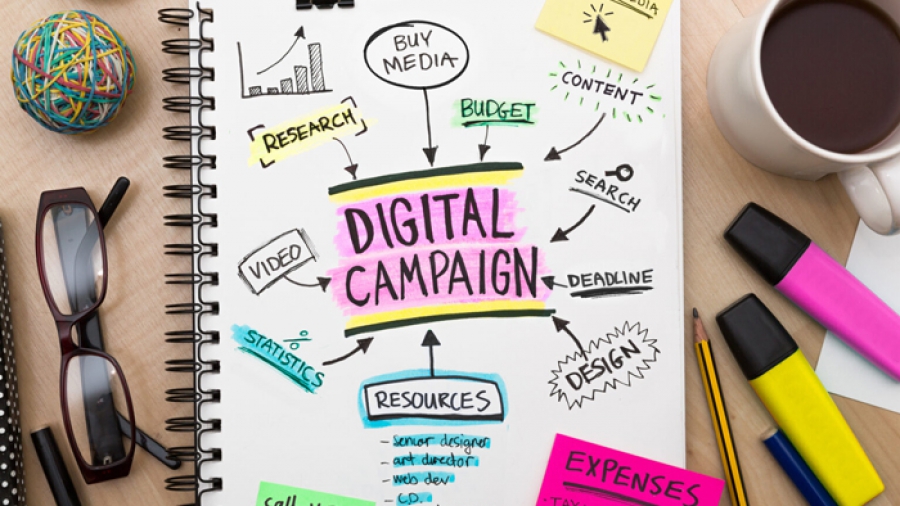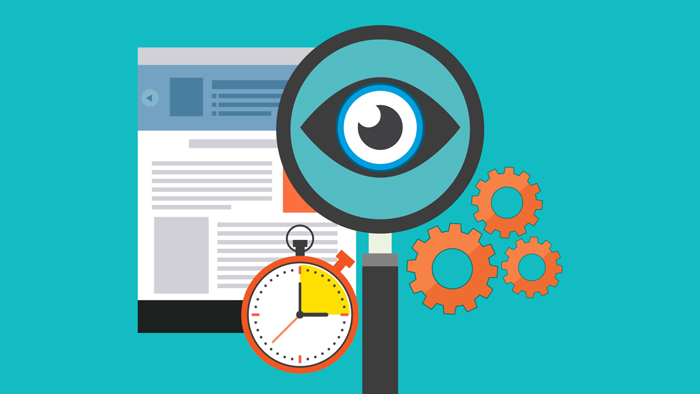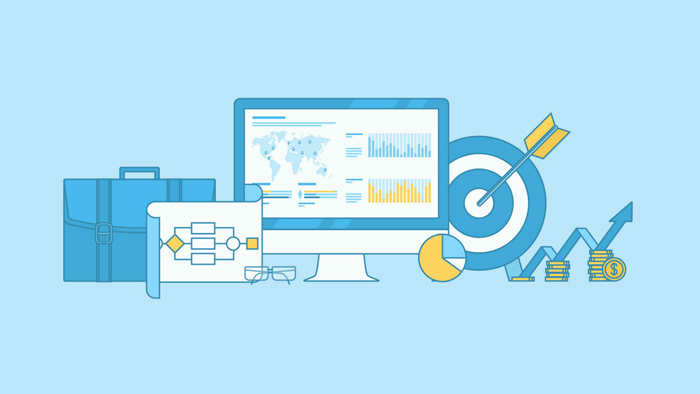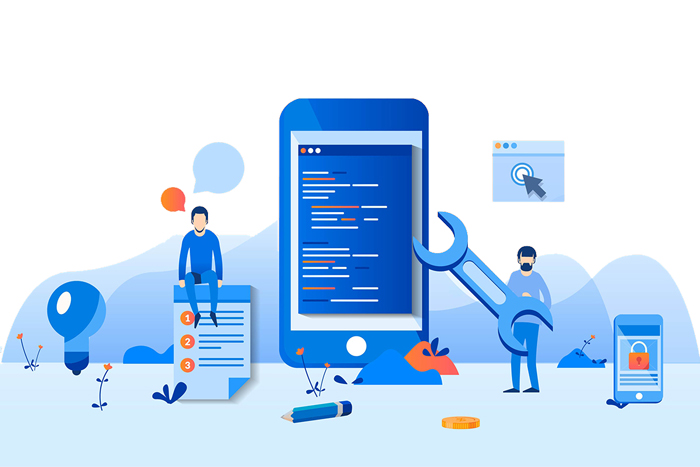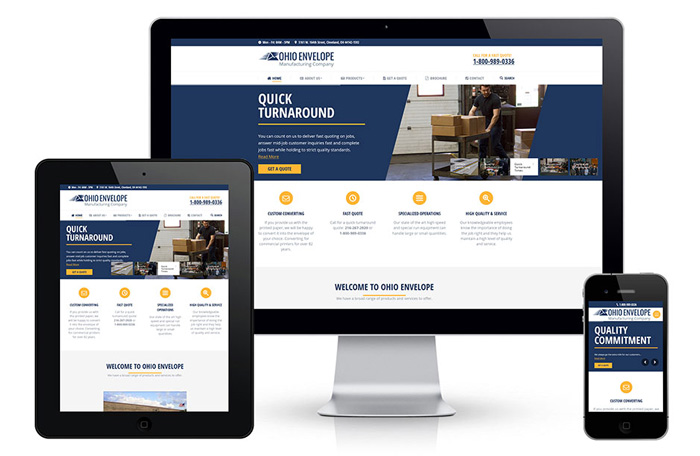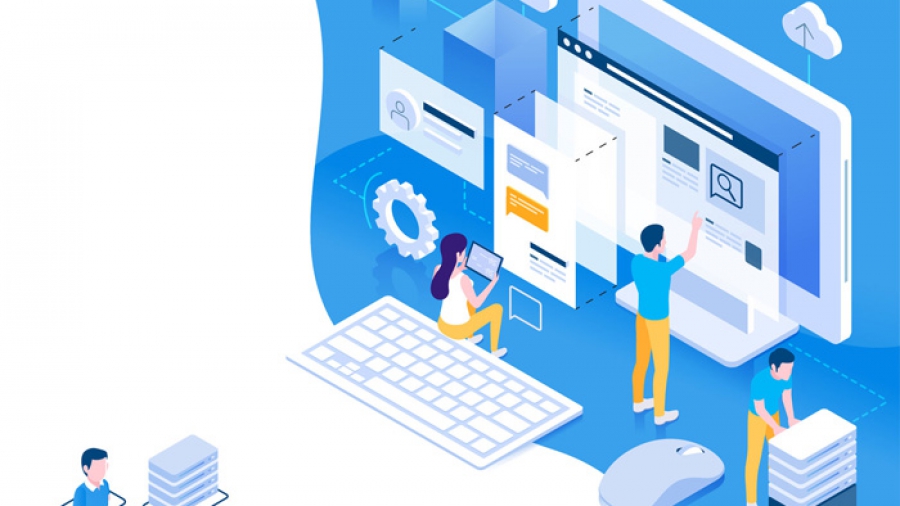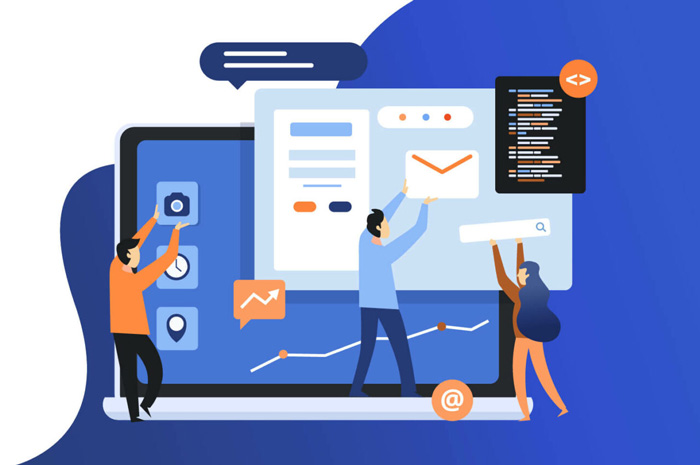How to create a successful digital marketing campaign? As the world continues to move online, businesses that want to stay ahead of their competition must learn how to create a successful digital marketing campaign. A digital marketing campaign is a series of coordinated activities aimed at promoting a product, service, or brand through digital channels such as search engines, social media, email, and websites. In this article, we will outline the ten steps to building a result-focused digital marketing campaign.
What is a digital marketing campaign?
A digital marketing campaign is a strategy that leverages digital channels to promote a product, service, or brand. It is a coordinated set of activities designed to achieve a specific goal, such as increasing website traffic, generating leads or sales, or improving brand awareness.
How to start an online marketing campaign
To start an online digital marketing campaign, you need to define your goals and target audience, conduct keyword research, and select the digital channels you want to use to reach your audience. Here are the ten steps to building a result-focused digital marketing campaign: if you need digital marketing services click the link
10 Steps to Building a Results Focused Digital Marketing Campaign
Step 1: Set your marketing goals
The first step in creating a successful digital marketing campaign is to define your marketing objectives. Your goals should be specific, measurable, achievable, relevant, and time-bound (SMART). Examples of marketing goals include increasing website traffic, generating leads, boosting sales, improving brand awareness, or enhancing customer engagement.
Step 2: Identifyyour target market
The next step is to identify your target audience. You need to know who your ideal customer is, what their pain points are, and how your product or service can solve their problems. This will help you create targeted messages that resonate with your audience and increase the likelihood of conversion.
Step 3. Carry out a keyword and topic research
Keyword and topic research is crucial to the success of your digital marketing campaign. It helps you understand what your target audience is searching for and the language they use. This information will help you create content that is relevant and useful to your audience and optimize it for search engines.
How to create a successful digital marketing funnel
Step 4: Do market research and competitor analysis
Market research and competitor analysis help you understand your industry and identify opportunities for growth. You need to know what your competitors are doing, what works, what doesn’t work, and what you can do to differentiate yourself from them. This information will help you create a unique value proposition and stand out from the crowd.
Read More : Impact of Voice Search on Digital Marketing
Step 5: Choose your delivery channels and set your budgets
Digital marketing offers a range of delivery channels, including search engines, social media, email, and websites. You need to choose the channels that are most relevant to your audience and align with your marketing objectives. You also need to set your budgets for each channel and allocate them based on their effectiveness.
Step 6. Create your content assets
Content is king in digital marketing. You need to create high-quality, relevant,and engaging content that resonates with your audience and drives them to take action. This includes blog posts, videos, social media posts, email marketing campaigns, and more.
Step 7. Run pilot campaigns first
Before launching your full-scale digital marketing campaign, it is recommended to run pilot campaigns to test your strategies and messaging. This will help you identify what works and what doesn’t work, and make necessary adjustments before investing more resources into the campaign.
Step 8: Monitor the campaigns and analyze their performance
Once your digital marketing campaign is underway, it is important to monitor its performance and analyze the data to determine its effectiveness. This includes tracking website traffic, engagement, conversion rates, and other key performance indicators (KPIs). This information will help you make data-driven decisions and optimize your campaign for maximum results.
Step 9: Allocate more budget to profitable activities
Based on your campaign’s performance, you can allocate more budget to the activities that are generating the most results. This will help you maximize your ROI and achieve your marketing goals more quickly.
Step 10: Set up remarketing campaigns
Remarketing campaigns are a powerful way to re-engage with potential customers who have already interacted with your brand. By targeting these individuals with personalized messaging and offers, you can increase your chances of conversion and improve your campaign’s overall effectiveness.
The importance of a good Digital Marketing Campaign
A good digital marketing campaign is essential for businesses that want to thrive in today’s digital economy. It helps you reach a wider audience, increase brand awareness, generate leads, and boost sales. A well-executed digital marketing campaign can also help you stand out from the competition, build brand loyalty, and establish your brand as an industry leader.
In conclusion, building a successful digital marketing campaign requires a clear understanding of your marketing goals, target audience, and digital channels. It also requires a well-thought-out strategy, high-quality content assets, and ongoing analysis and optimization. By following the ten steps outlined in this article, you can create a result-focused digital marketing campaign that drives real business results.
Frequently asked questions about Digital Marketing Campaign
1. What is a digital marketing campaign?
A digital marketing campaign is a strategy that leverages digital channels such as search engines, social media, email, and websites to promote a product, service, or brand.
2. How do I start an online marketing campaign?
To start an online marketing campaign, you need to define your marketing objectives, identify your target audience, conduct keyword and topic research, and choose the digital channels you want to use to reach your audience.
3. Why is a good digital marketing campaign important?
A good digital marketing campaign is important for businesses that want to thrive in today’s digital economy. It helps you reach a wider audience, increase brand awareness, generate leads, and boost sales.
4. How do I measure the effectiveness of my digital marketing campaign?
To measure the effectiveness of your digital marketing campaign,you need to track key performance indicators (KPIs) such as website traffic, engagement, conversion rates, and ROI. This data will help you make data-driven decisions and optimize your campaign for maximum results.
